Money
Unexpected tax kills jute exports to India
Exports of jute products to India have come to a complete halt for the last two weeks after Indian customs authorities abruptly imposed a 12.5 percent excise duty on goods made of natural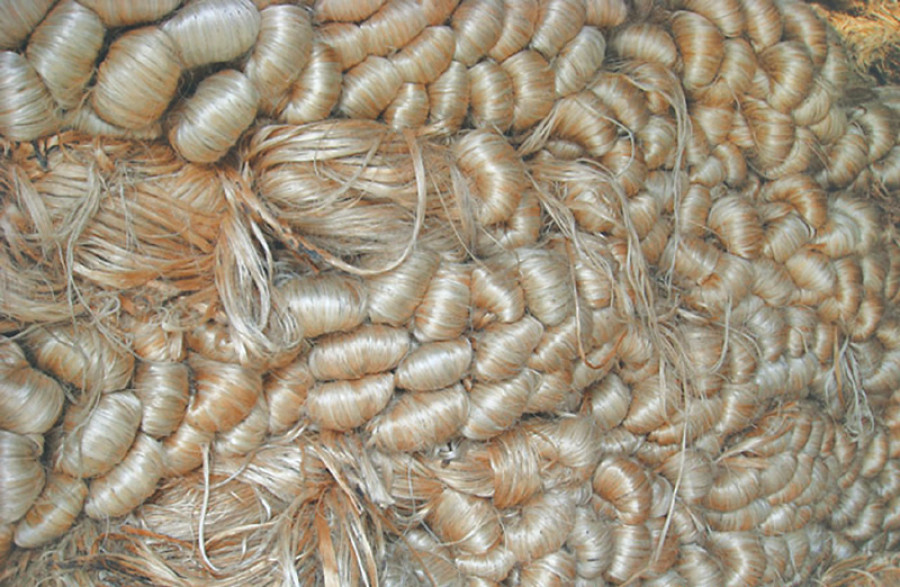
Exports of jute products to India have come to a complete halt for the last two weeks after Indian customs authorities abruptly imposed a 12.5 percent excise duty on goods made of natural fibre, traders said. Jute products from Bangladesh are exempt from the tax.
Earlier, the Indian Finance Ministry had recommended to its anti-dumping department to charge 2.5 percent duty on jute rope, 1.5 percent on hessian jute fabric and 5 percent on jute sacks.
“Exports of jute products have come to a complete halt since December 15 after India imposed a 12.5 percent duty on hessian jute fabric and jute sacks,” said Ramesh Rathi, vice-president of Jute Industry Association. He said that the duty had not been imposed on jute rope. Most of the jute products made in Nepal are exported to India.
“It’s confusing that excise duty has been imposed on only two products made of jute fibre.” Jute producers have been importing 70 percent of their raw materials from India and exporting the finished products to the southern neighbour. Nearly 95 percent of Nepali jute is exported to India.
Nepali factories produce jute products valued at more than Rs2.5 billion annually, traders said. They said that extended load shedding hours, labour issues and lack of incentives had forced most of local jute factories to shut down. Among the 12 factories in the country, only four — Arihant, Raghupati, Baba and Swastik — are still in operation.
These mills employ 12,000 workers. Rathi said that traders had been unable to export jute goods to India due to the hefty excise duty. “Most of the operating mills have already stopped production.”
Three decades ago, the country was a major exporter of jute to Europe, and the golden fibre was one of the major sources of foreign exchange.
Presently, the just industry has been dropped from the government’s priority list even though demand for more ecological packaging globally has strengthened its export potential.
Three decades ago, jute was grown on 56,000 hectares, and now jute cultivation has shrunk to 11,000 hectares due to government indifference.
The government has also removed subsidies on fertilizers, seeds and pond construction.
The country used to produce 150,000 tonnes of jute annually. Presently, output has plunged to 17,000 tonnes.




 7.12°C Kathmandu
7.12°C Kathmandu



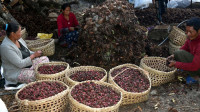


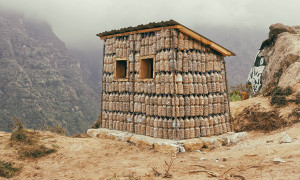

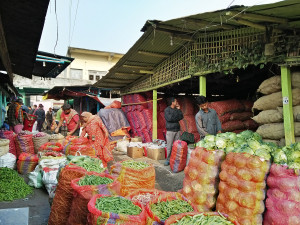
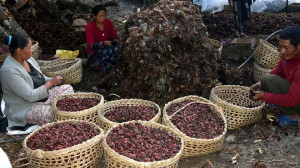


%20(1).jpg&w=300&height=200)
